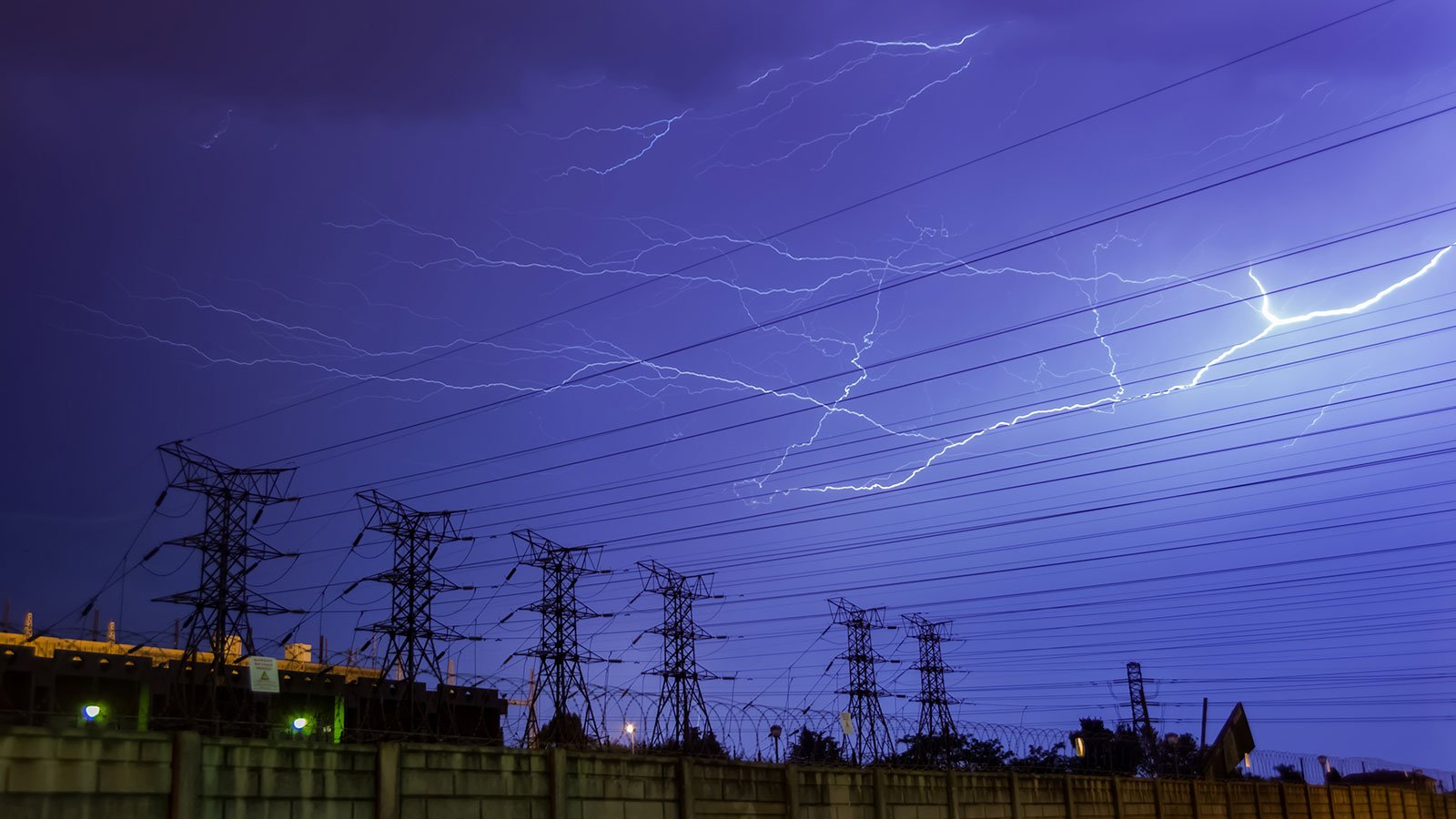Damian Lewis, Market Development Manager, Enterprise at Inmarsat, discusses the importance of Internet of Things (IoT) connectivity in the event of extreme weather conditions.
The utility industry is facing unprecedented challenges, especially when it comes to the threat of climate change. While utility operators act on increasing pressure from climate groups to accelerate the pace of renewable energy projects to help the world achieve net zero and decarbonise at speed, the energy grid is under constant threat from natural disasters and extreme weather conditions.
The risk is two-fold, as the industry integrates a higher share of renewables into the energy mix. First, the grid must cope with periods of peak energy demand, as heating and cooling is electrified, during periods of cold snaps or unexpected heat waves. Secondly, this becomes particularly challenging when coupled with periods of low renewable energy supply – when the wind doesn’t blow or the sun doesn’t shine.
However, promisingly, real-time data can help improve energy grid resilience and stability, helping to equip the industry with the tools to adapt and combat these challenges. In this context, satellite-enabled IoT solutions play a critical role – supporting remote monitoring of energy infrastructure to maintain efficient operations. To gauge the potential IoT solutions and satellite connectivity hold, it’s useful for utility operators to understand how it makes an impact.
Supporting remote monitoring across inhospitable or remote environments
As the industry becomes increasingly aware of the need to reduce our reliance on traditional methods of power generation to combat climate change, investment in the renewable energy transition is going from strength to strength. However, hand in hand with this is the threat posed by increasing use of power sources such as wind or hydro turbines, based in inhospitable and remote locations.
What is needed in this instance are effective and resilient connectivity solutions at the power generation source and throughout the grid that can withstand extreme climate conditions. This type of resilience can be found in satellite-enabled IoT solutions which often come in small form factor terminals that have a strong track record of deployment in very remote locations, lasting ten to 15 years with very little maintenance. This ensures remote monitoring can be carried out in a reliable way, without the fear of hardware being impacted by the elements.
Combined with IoT solution resilience is the ability to improve staff safety and wellbeing by reducing time spent at remote sites – reducing lone working and avoiding dangerous situations that risk livelihoods. For example, in the instance of power grids, remote sensors are able to detect faults and identify where exact issues lie that require immediate response. This not only saves time having to check the entire grid area, but also reduces the chance of major risks such as electrocution and falls. By receiving real-time data and updates, remote monitoring through IoT solutions supports employees to make informed decisions and take appropriate action where necessary.
Identifying potential threats to the grid from weather events
IoT solutions can support dynamic weather and environmental monitoring, providing critical capabilities to identify potential threats to the power grid.
Through continuous collection and analysis of real-time data taken from remote sensors, combined with insights from local weather stations, utility industry operators can identify changing weather patterns and environmental factors such as temperature and humidity levels that may affect the grid’s infrastructure.
Last summer in the UK, we saw extreme heat create widespread power cuts as equipment overheated – reducing the efficiency of power plants by causing metal power lines to sag and bringing them into contact with surrounding obstacles such as trees. Through monitoring conditions in real-time, utility companies can anticipate and mitigate against environmental threats – including identifying where vulnerable infrastructure lies, or preparing communities for extreme weather periods where outages might happen. Ultimately, IoT-enabled monitoring of environmental conditions can support the resilience of the utility industry, improving its ability to serve its end-users.
Satellite connectivity as a means for back-up when other solutions fail
Extreme weather events such as hurricanes, heatwaves, and droughts can significantly impact electrical utilities by causing power outages, equipment failures, and infrastructure damage. This can lead to disrupted power supply and increased demand, which can put pressure on utilities to quickly restore power and repair damaged infrastructure.
However, connectivity such as fibre optic cables or cellular networks are also at the mercy of the elements – frequently being disrupted and damaged by some of the worst climate effects. In turn, remote monitoring that relies on such connectivity can experience periods of downtime when real-time updates and communications are most vital. These connectivity services can also be disrupted by congestion and maintenance requirements.
To combat this, satellite connectivity can serve as a backup to terrestrial networks, ensuring essential communications are maintained in high-pressure situations.
IoT supporting the industry as it transitions to net zero
IoT offers a powerful instrument for the utility industry in its transition towards renewable energy and in mitigating the challenges associated with the changing operational environment.


